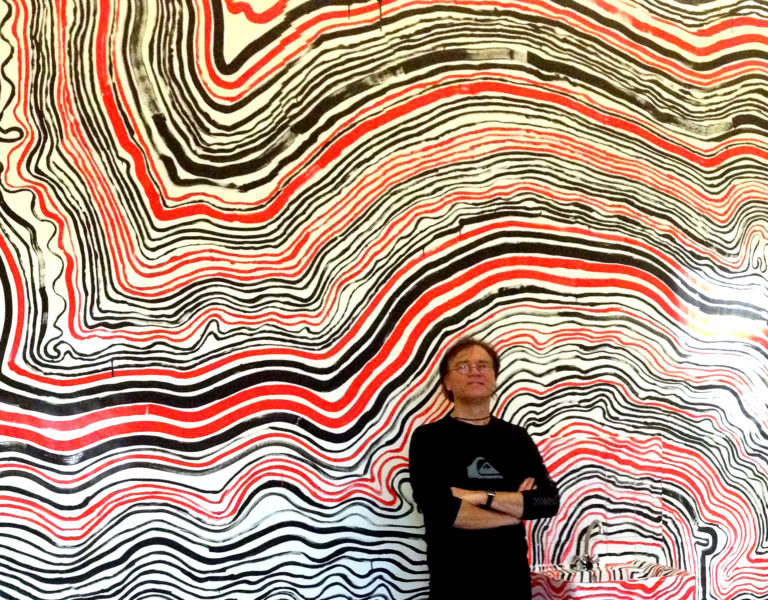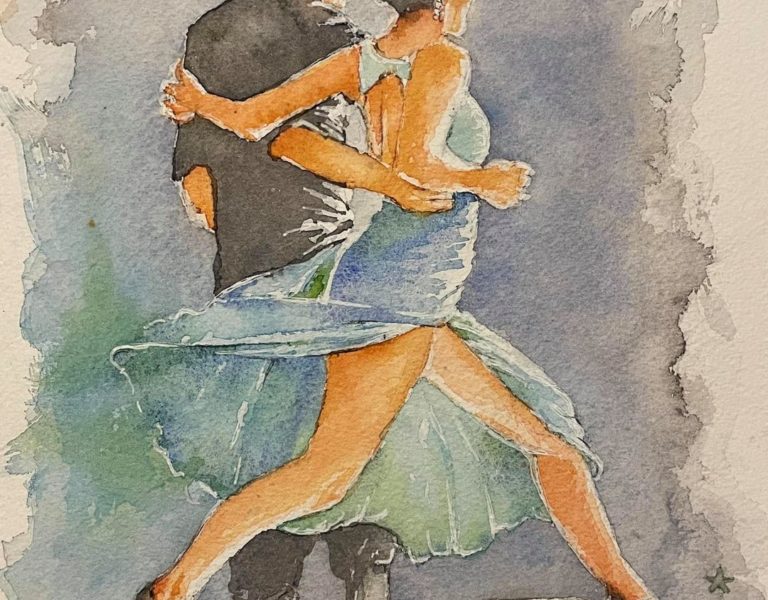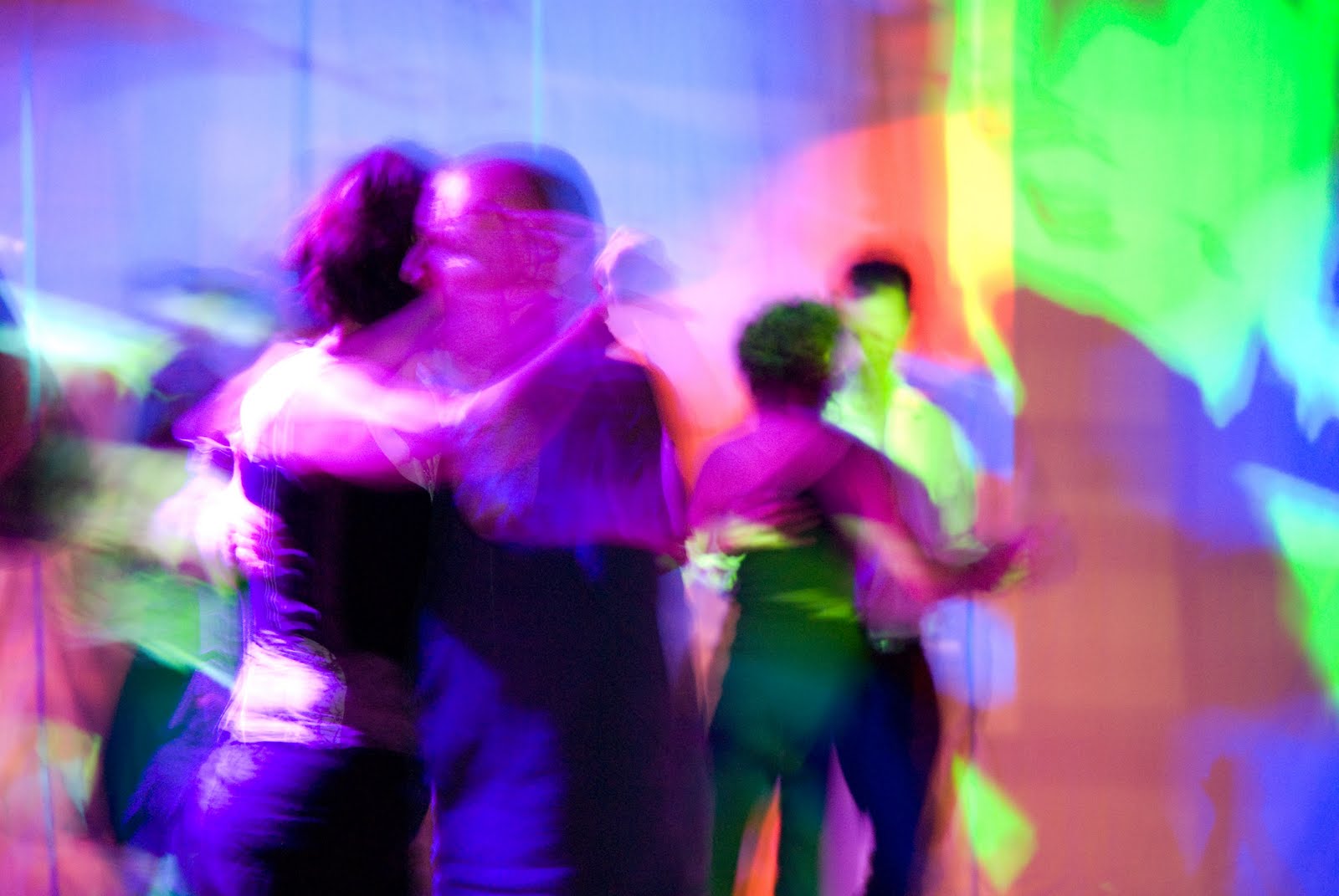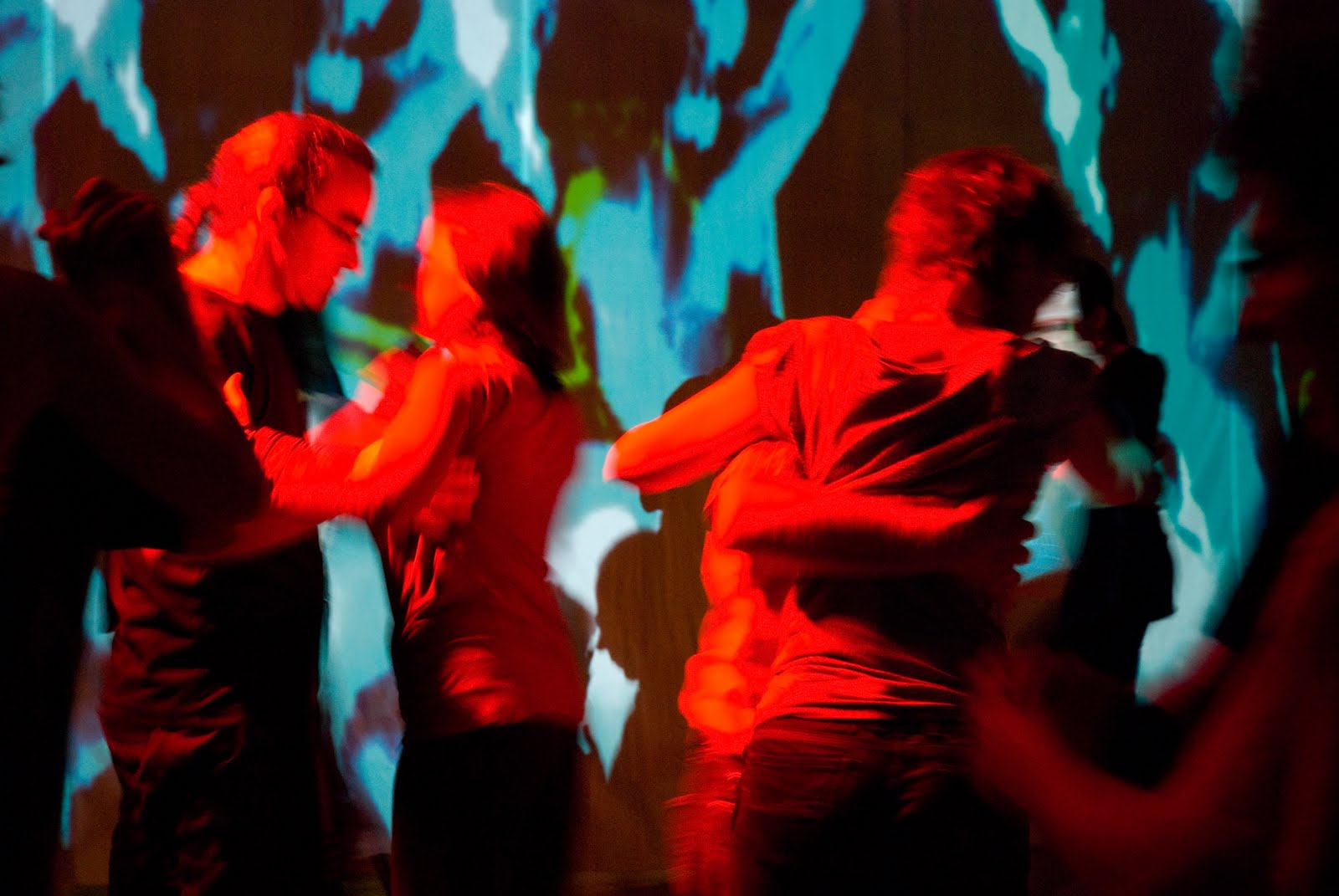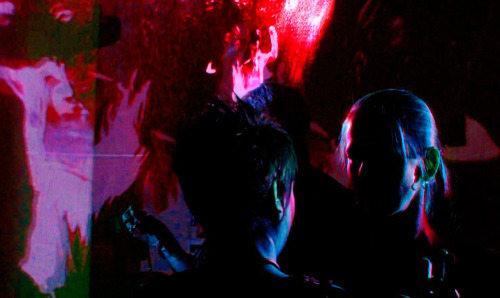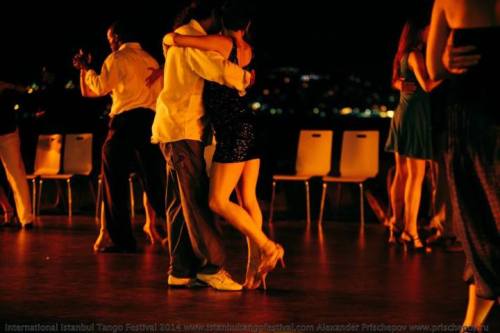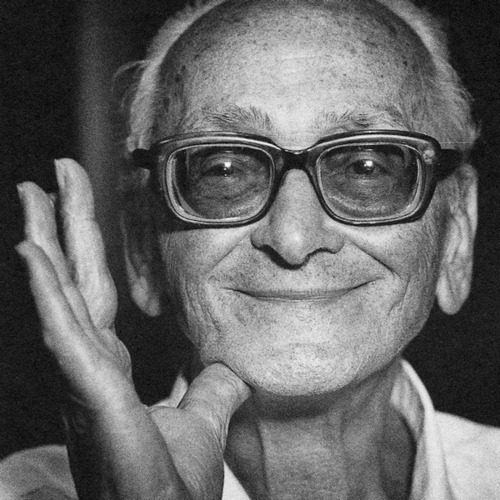The Corona crisis acts as a catalyst for accelerated changes in many areas - including Tango.A non-representative poll on Facebook confirms my suspicion, that the term "NeoTango" (derived from Piazzolla's same song) has meanwhile been completely emptied of content and become a chimera.2/3 of all participants voted for "Everything is Neotango (Bach - Eminem) "90% of the music which is played at the most enjoyable Neotango parties, (…) has no tango roots." Elio When I organized my first tanguerilla »Neotango Underground« in 2004, the term was clearly defined and denoted a tango counterculture, that positioned itself against Standard Tango and ranged musically from the progressive orchestras of the post-EdO era (Pugliese / Piazzolla . …), over Tango Fusion bands of the early 2000s (Narcotango, Otros Aires, Gotan Project …) to the young orchestras located at CAFF (Astillero, Fernandez Fierro, …).Since the creeping dissolution of Neotango bands in 2011, the musical substance of Neotango was lost and consequently eroded under the
influence of DJanes and organizers of alternative events, lacking any historical knowledge. Neotango became an empty phrase that had no relation to tango and instead celebrated the entire heritage of world music.Everything is tango! "The only thing that matters is if I WANT to dance tango on it. Then it is tango music." Vio After several years of critically examining this development, my patience is now exhausted. I say goodbye to Neotango and describe my events in the future as Tango Nuevo! My events and Facebook groups have already been renamed accordingly.My main intention for the "rededication" was to end the endless, tiring discussion about terms and concepts and to find a new, unencumbered identity for my events. I was simply tired of being constantly ashamed of the boring and noisy „Neotango" or even having to justify myself to ahistorical, ignorant Neotango organizers for my tango-oriented music selection. »Traditional tango is put on the tradi dancefloor after all. Here we…

